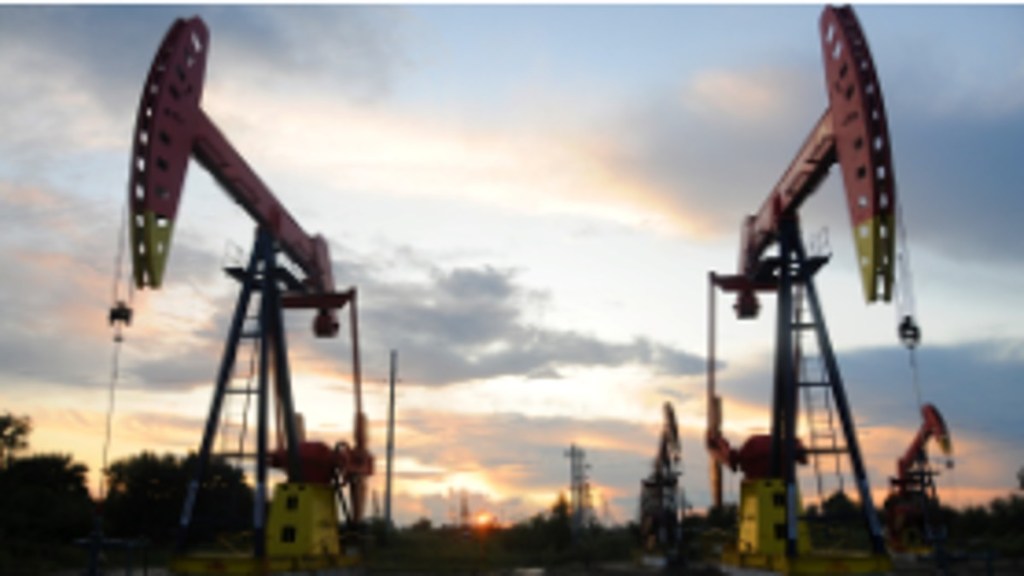India’s export of petroleum products in the first four months of the current fiscal year 2024-25 increased marginally by 1% to 4.9 million barrels per day against 4.8 million barrels per day in April to July period of 2023-24, as per data from energy cargo tracking firm Vortexa.
In July, however, the total export of petroleum products increased by 4% to 1.27 million barrels per day against 1.22 million barrels per day registered in June.
The country’s top destinations for the exports in July were Southeast Asia, Europe, and the Middle East. While exports to Europe surged by 26% last month to 266,000 barrels per day, supplies to Southeast Asia slumped 9% to 254,000 barrels per day compared to the previous month. Exports to the Middle East increased by 12% to 191,000 in July.
“India’s clean product exports to Southeast Asia and Oceania have declined in July as ample supplies in these destination markets have been pressuring regional cracks in recent weeks,” said Serena Huang, head of Asia Pacific analysis at Vortexa.
India primarily supplies petroleum products to countries in Europe and Asia. The country has emerged as a major fuel supplier to Europe in the past few months after European countries started boycotting Russian supplies post its invasion of Ukraine.
“Indian refiners have instead exported more to Africa and Northwest Europe, likely driven by higher import demand,” Huang said.
Asia’s share in Indian petroleum products exports decreased to 20% in July against 22.9% in June. Europe’s share, however, increased to 21% last month from 17.3% in the previous month. The Middle East accounted for 15% of India’s total export volume in July against 13.9% in June.
The country exports a variety of goods via the Red Sea including petroleum products. However, the traffic diversion from the Red Sea and around the Cape of Good Hope on the back of escalating tensions over the Sea has added ten days to Asia-Europe journeys while also increasing fuel costs, as per the Economic Survey released by the government.
“Although global shipping costs returned to pre-pandemic levels by the middle of last year, container shipping rates have risen again,” the survey noted. “Extended detours around the Cape of Good Hope have led to a significant surge in ocean freight rates, reaching up to $10,000 per 40-foot container. Moreover, the Suez Canal Authority has declared a 5-15% hike in transit fees for ships passing through the Panama Canal.”
The slight uptick in the country’s exports also comes amidst rising domestic consumption of these petroleum products majorly driven by growth in demand for diesel, aviation turbine fuel, and liquified petroleum gas. The country’s domestic consumption of petroleum products grew by 3.4% to 60.9 million tonnes during the first quarter of the current fiscal from the same period last year, according to data from the Petroleum Planning and Analysis Cell.
The country produced 70.7 million tonnes of petroleum products during April to June, up from 69.4 million tonnes in the same period of FY24.
The country’s demand for petroleum products including jet fuel, diesel, LPG among others is likely to grow to 239 million tonnes in the financial year 2024-25, as per estimates by the Petroleum Planning and Analysis Cell. The country’s consumption of petroleum products stood at 233 million tonnes last year.

